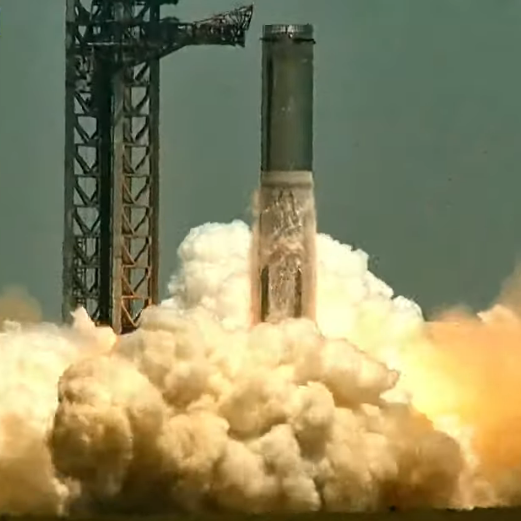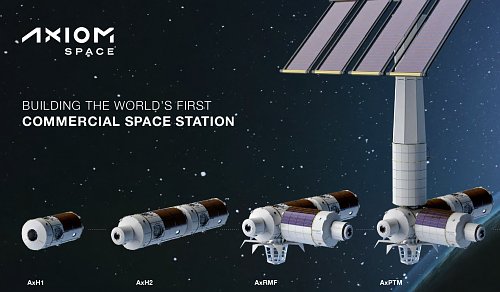Amazon investors sue company for not considering SpaceX as potential launch provider
In a lawsuit filed by Amazon investors, they claim that the company’s decision to give major and expensive launch contracts to Arianespace, ULA, and Blue Origin to put its planned 3,200 Kuiper satellite constellation into orbit but never even consider using SpaceX indicates a failure at due diligence for the shareholders as well as a possible conflict of interest.
The plaintiff’s biggest concern was the decision to give Blue Origin the contract.
The suit, filed by Amazon shareholders the Cleveland Bakers and Teamsters Pension Fund, alleges that the board spent less than 40 minutes approving the launch agreements for Amazon’s Project Kuiper mega-constellation, while not even considering leading launch company (and Blue Origin rival) SpaceX. “Amazon’s directors likely devoted barely an hour before blindly signing off on funneling […] Amazon’s money to Bezos’ unproven, struggling rocket company,” the suit says. The plaintiffs say the board failed to protect the negotiation process “from Bezos’ glaring conflict of interest.”
It appears these investors might have a point, as so far Amazon has paid these launch companies about $1.7 billion, with Blue Origin getting $585 million, though not one satellite has yet launched. Moreover, it appears from all counts that it will be very difficult for these companies — especially Blue Origin — to complete the required missions necessary to get into orbit half of Amazon’s constellation by 2026, as required by its FCC license.
In a lawsuit filed by Amazon investors, they claim that the company’s decision to give major and expensive launch contracts to Arianespace, ULA, and Blue Origin to put its planned 3,200 Kuiper satellite constellation into orbit but never even consider using SpaceX indicates a failure at due diligence for the shareholders as well as a possible conflict of interest.
The plaintiff’s biggest concern was the decision to give Blue Origin the contract.
The suit, filed by Amazon shareholders the Cleveland Bakers and Teamsters Pension Fund, alleges that the board spent less than 40 minutes approving the launch agreements for Amazon’s Project Kuiper mega-constellation, while not even considering leading launch company (and Blue Origin rival) SpaceX. “Amazon’s directors likely devoted barely an hour before blindly signing off on funneling […] Amazon’s money to Bezos’ unproven, struggling rocket company,” the suit says. The plaintiffs say the board failed to protect the negotiation process “from Bezos’ glaring conflict of interest.”
It appears these investors might have a point, as so far Amazon has paid these launch companies about $1.7 billion, with Blue Origin getting $585 million, though not one satellite has yet launched. Moreover, it appears from all counts that it will be very difficult for these companies — especially Blue Origin — to complete the required missions necessary to get into orbit half of Amazon’s constellation by 2026, as required by its FCC license.



